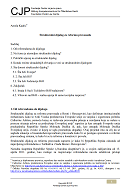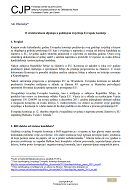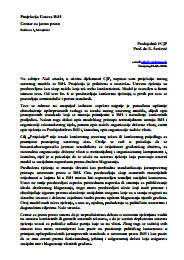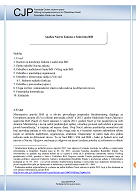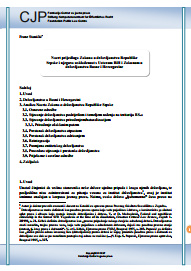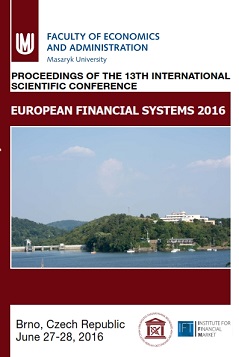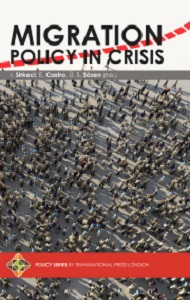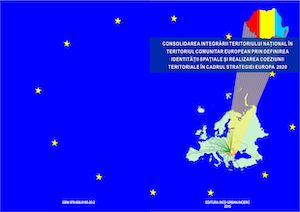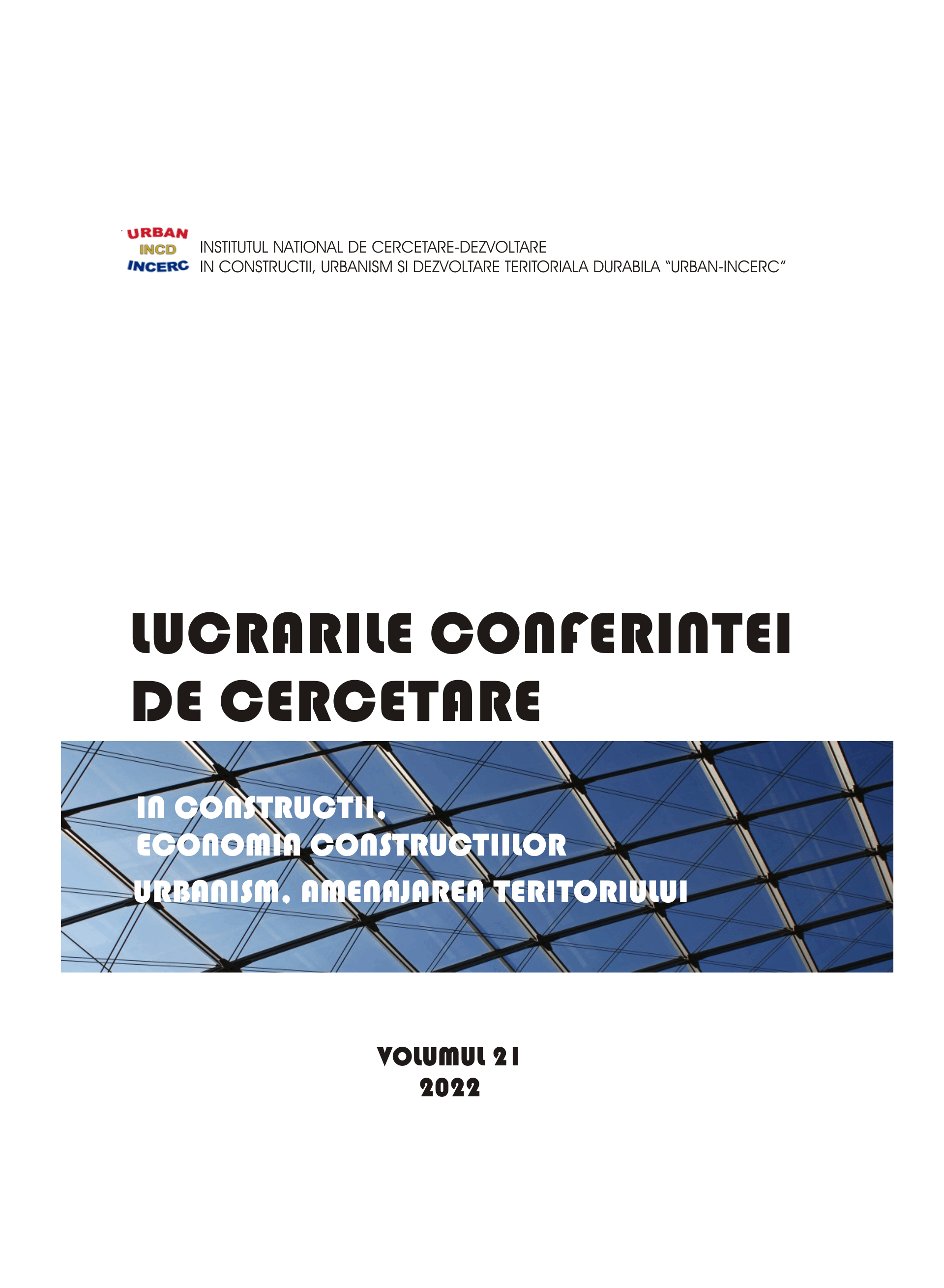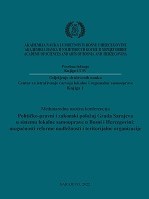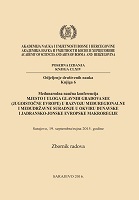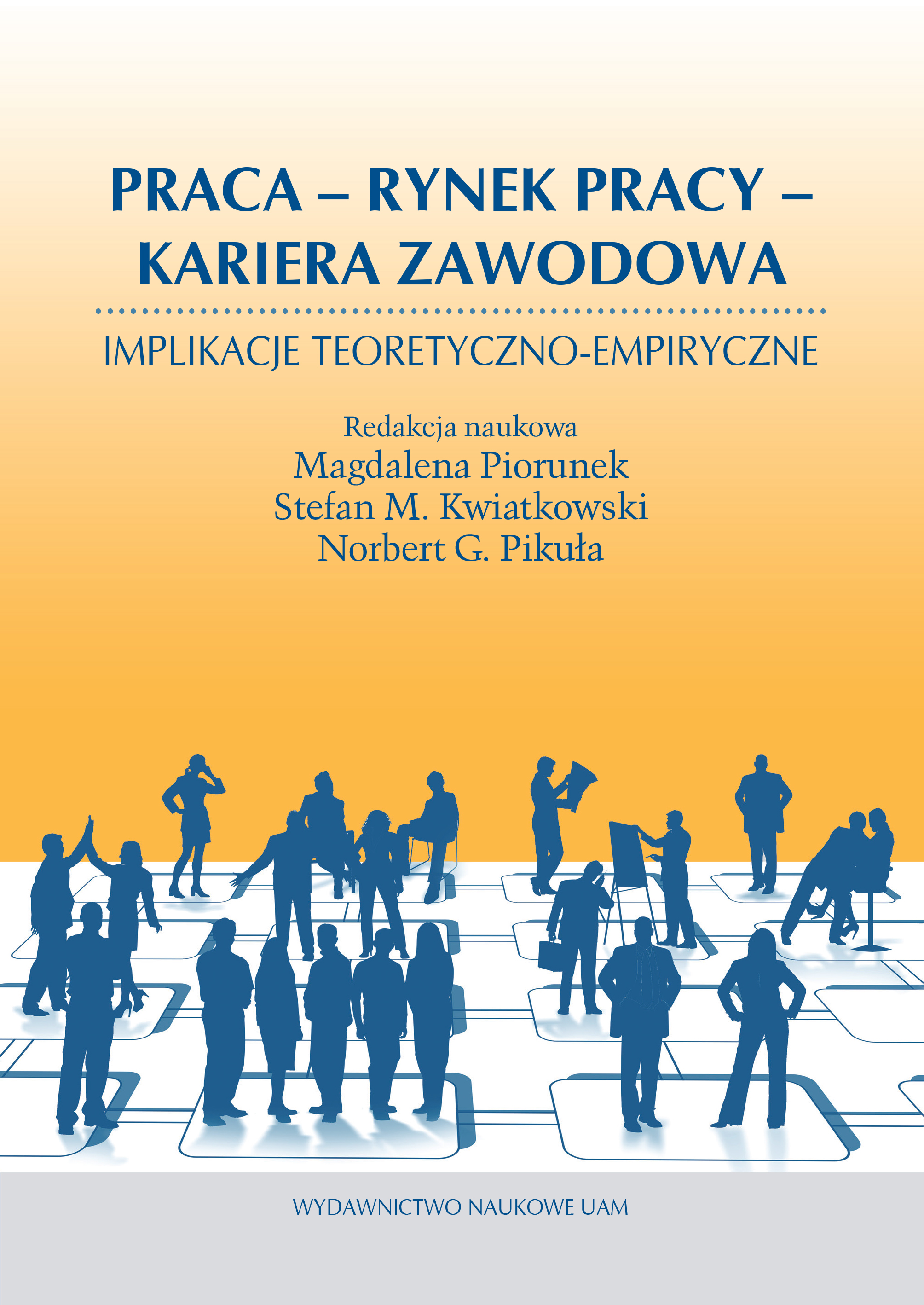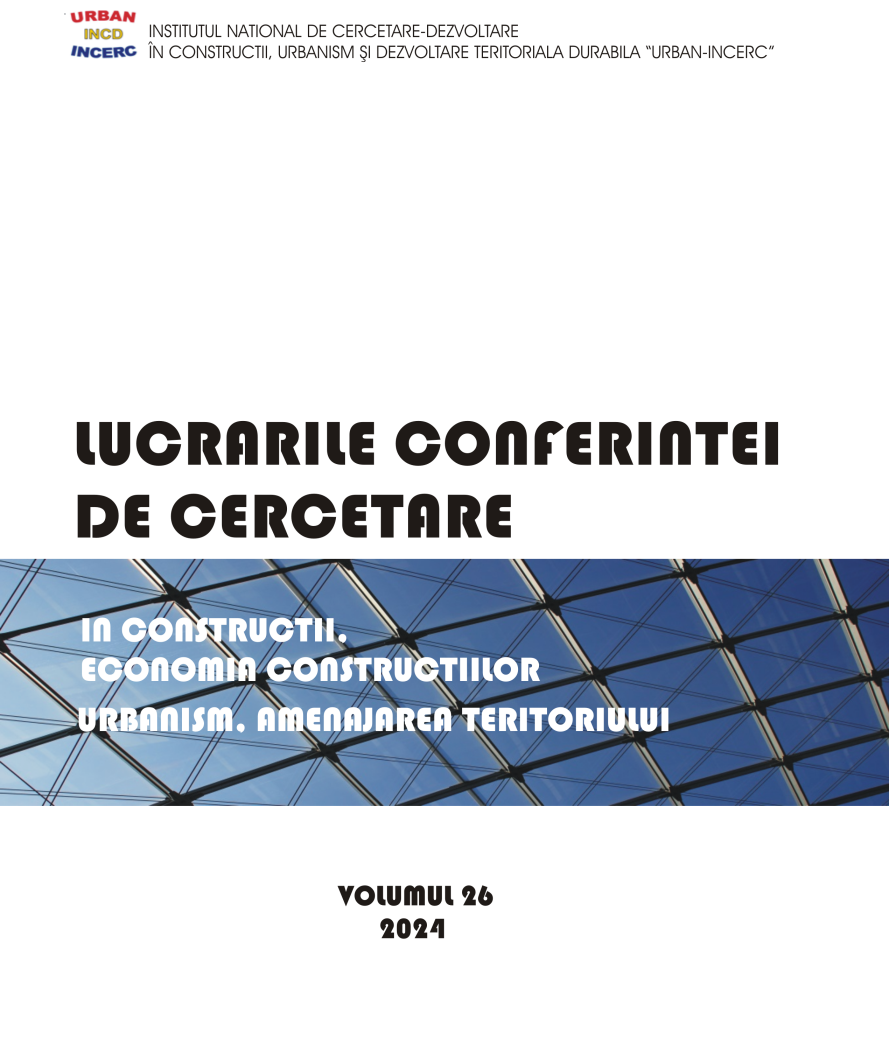Author(s): Ismar Alagić,Darko Petković / Language(s): Bosnian
Publication Year: 0
We can see today that in all countries there is a “strong resentment” of small towns towards major cities. It seems that no one is overly concerned regarding the situation in which cities such as: Zenica, Tuzla, Mostar and Tesanj in Bosnia and Herzegovina; Maribor, Celje and Kopar in Slovenia; Novi Sad, Kragujevac and Nis in Serbia; Split, Rijeka and Osijek in Croatia, point to a growing disproportion in the economic development in relation to capital cities. Even the destructive protests in Bosnia and Herzegovina over a year ago have not forced the ruling elite to do something to reduce the economic gap. The fact is that closing our eyes to the collapse of these economic and business drivers of any serious state – which BiH strives to be – only weakens the position of the main cities in the long run. This leads to sociological situations where all, or at least majority of the people, will want to live in the capital city (approx. 30% of the population of Serbia lives in Belgrade; 25% of the Croatian population lives in Zagreb; 35% of the population of Montenegro lives in Podgorica). The liquidity of the budgets of local communities in Bosnia and Herzegovina is seriously compromised with constant financial borrowing of the state which distributes these funds to the entities, which then direct the same funds mainly to public spending. The level of public spending and the internal debt is significantly increasing day by day, and the towns and municipalities that have not been able to use funds from the arrangements with the International Monetary Fund (IMF) for the purpose of local economic development, are now significantly involved in repaying the said foreign debt. Namely, at least 40% of the total budget of local government units in BiH falls to the funds from indirect taxes, and very often a lot more than that. Some of the most important criteria in determining the coefficients for the refund of VAT for the local communities are: the number of inhabitants, area and the number of students in secondary schools. From the above, it is evident that the criteria relating to the achieved economic results are largely marginalized in terms that those who achieve steady growth are not able to valorize it though higher return of VAT funds to local budgets. In terms of the state borrowing, cities and municipalities in BiH participate in the borrowing with only 1% of the total debt, while in the repayment of debts they participate with at least 8% in the total funds with which Bosnia and Herzegovina services its debt towards foreign lenders. Repercussions of this situation are particularly pronounced in the last 5 years, when, due to the consequences of the global economic crisis and global trends, weak and uncompetitive BiH economy is recovering very slowly and is having difficulty to start generating economic growth and promoting economic development. One of the positive examples in Bosnia and Herzegovina is the municipality of Tesanj, which for five years in a row achieved an increase in the number of employed people, in the number and revenue of firms operating in the municipality, in exports and in realized investments. Although the refund of VAT recorded a significant drop compared to the planned level, responsible budget planning, reduction of public spending and stable own revenues of the municipality contributed to the fact that municipal budget is increasing and is recording positive results. This paper will give an overview and analysis of assets directed from the local level toward higher levels of government in BiH, and the return of funds to the local community which largely ignores the criteria of results achieved in the economic field. Despite the smaller return of funds to those “successful”, there are phenomena of economic development that we will present in this paper.
More...
